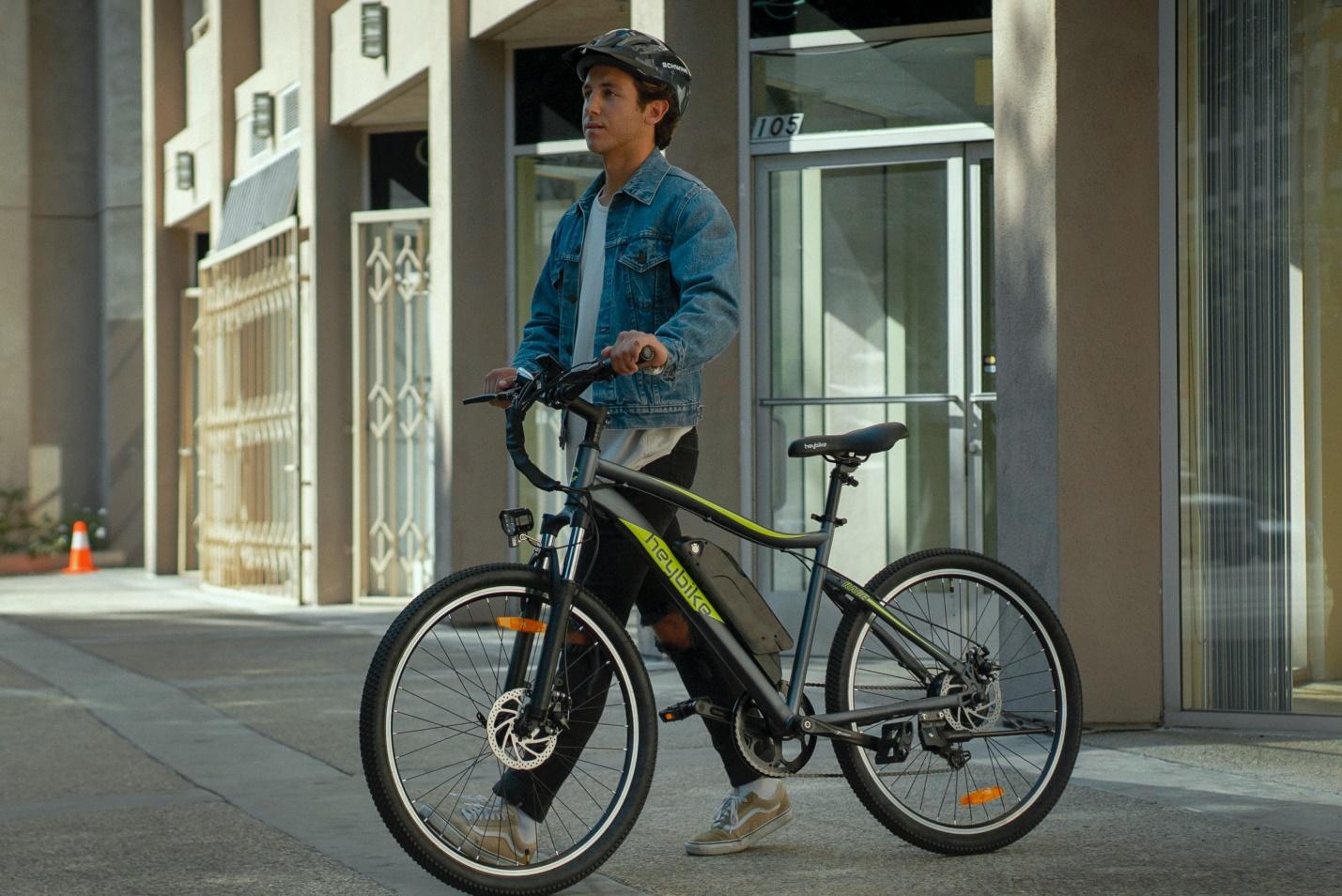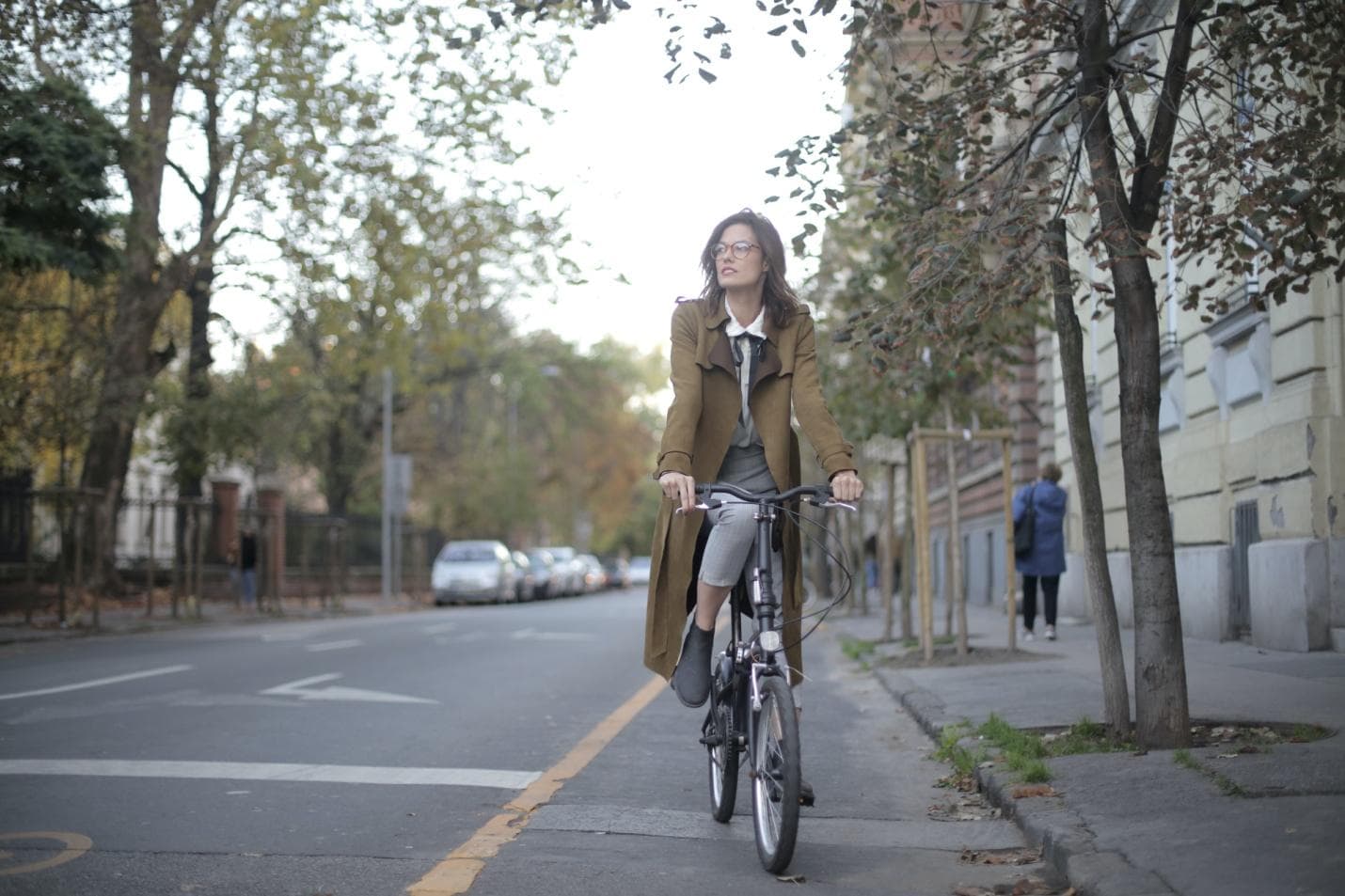Drowsy driving and drunk driving are both dangerous, but there are some key differences between them. Drowsy drivers are more likely than drunk drivers to crash, to rear-end other vehicles, and to cause fatal accidents.
That said, a driver who is legally drunk (the legal limit in the United States is 0.08 percent blood alcohol concentration) can cause an accident that injures no one else or kills themselves alone.
On the other hand, drowsiness can lead people to fall asleep at the wheel without having consumed any alcohol whatsoever—and even if they do have a few beers before getting behind their steering wheels!
So, which one is more dangerous? Here’s how drowsy driving compares with drunk driving so you can decide for yourself which one poses more danger on our roads today:
Drowsy Driving vs. Drunk Driving – Key Differences
Drowsy driving is a more common phenomenon than drunk driving, and it’s also more dangerous. Drowsy drivers are in control of heavy machinery at all times, which means the consequences of their mistakes can be devastating.
The risk of an accident increases dramatically when you’re tired or sleepy: You may not notice hazards quickly enough to avoid them, and your reaction time will suffer as well.
Drowsy drivers often have trouble staying focused on the road ahead while trying to keep track of other vehicles around them–and this problem becomes even more pronounced when there are multiple lanes on a highway or interstate (which require quick decisions about whether it’s safe for you to change lanes).
Add into this mix an unexpected hazard, such as someone changing lanes quickly without signaling first, and suddenly we’ve got ourselves quite an unsafe situation!
Drowsy Driving vs. Drunk Driving – Which is More Dangerous?
Both drowsy driving and drunk driving are dangerous and can lead to serious accidents with potentially life-threatening consequences.
Drowsy driving occurs when a driver is fatigued or exhausted and their ability to operate a vehicle safely is impaired. Drowsy driving can cause slower reaction times, impaired decision-making, and decreased attention to the road, which can increase the likelihood of an accident. According to the National Highway Traffic Safety Administration (NHTSA), drowsy driving was responsible for an estimated 697 fatalities and 50,000 injuries in the United States in 2019.
Drunk driving, on the other hand, occurs when a driver operates a vehicle while under the influence of alcohol. Alcohol impairs a person’s ability to make good decisions, reduces reaction times, and affects vision, making it difficult to focus and stay alert while driving. According to the NHTSA, drunk driving accounted for 10,142 deaths in the United States in 2019.
Both drowsy driving and drunk driving are dangerous, but it is difficult to determine which one is more dangerous as the consequences of each can vary depending on the circumstances. However, it is important to note that both can be prevented by making responsible choices, such as getting enough rest before driving and avoiding alcohol before getting behind the wheel. Ultimately, any form of impaired driving is unsafe and can have serious and potentially deadly consequences.
Can You Feel Drowsy When Driving?
Yes, it is possible to be drowsy while driving. Drowsiness can occur in a variety of situations and there are many ways that you can become drowsy while behind the wheel.
Drowsiness may happen when you’re tired or not feeling well–for example, if you haven’t had enough sleep or if your body needs rest because of illness or medication use. It’s important to recognize these warning signs so that you don’t put yourself or others at risk when driving!
How Much Sleep Do You Need to Drive?
The National Sleep Foundation recommends that adults get between 7 and 9 hours of sleep per night. If you’re getting less than 5 hours of sleep a night, that’s considered insufficient. When you get less than 6 hours of sleep in a 24-hour period (including naps), it can cause drowsiness and make it difficult to concentrate on the road.
Sleep deprivation affects your ability to drive safely: if you’re tired, your reaction time slows down, you may have trouble staying in the lane, or even worse, you fall asleep at the wheel!
Because of these effects on our bodies when we don’t get enough restful sleep, it’s important for drivers everywhere to make sure they’re getting enough shut-eye before getting behind their wheels each day.
Signs You’re Too Tired to Drive
If you’re driving and yawning, having trouble focusing on the road or drifting off to sleep, it’s probably time for a break. When you’re tired enough that your body starts telling you, “I need rest,” it’s best to pull over and get some sleep before continuing on your journey.
If these symptoms are combined with difficulty remembering the last few miles of the highway or if you find yourself drifting out of your lane without realizing it (or any other signs of drowsiness), then it’s likely time for another break from driving so that you can regain focus and wakefulness before continuing on with your trip.
Tips to Stay Awake on Long Routes
The best way to stay awake when driving long distances is to avoid caffeine, alcohol and other stimulants. If you absolutely must use them, make sure you don’t have anything else planned for the rest of your trip that night so that you can get some sleep afterward.
A nap is also a good idea if possible; try lying down in the backseat with a pillow or blanket if there’s no room in front (or just pull over). If this isn’t an option for whatever reason, listen to music or talk radio at low volume–just don’t turn it up loud enough that it will distract from what’s going on around you while driving! The general rule here is: keep yourself entertained while staying alert enough not to fall asleep at the wheel.
Another good tactic is bringing along someone else who can keep themselves awake by chatting with them–this works well because talking helps keep one’s mind active as well as preventing drowsiness from setting in due to boredom alone.
If you’re tired, the best thing to do is get some rest and then try driving again when you feel better. Always practice care and precaution to limit accidents on the road.
The Bourassa Law Group has extensive experience in dealing with drunk and drowsy driving accidents in Nevada. Don’t wait—seek legal help today! So, call us at (800)870-8910 for a free consultation to learn about our legal services, and let us help you get the compensation you deserve.




